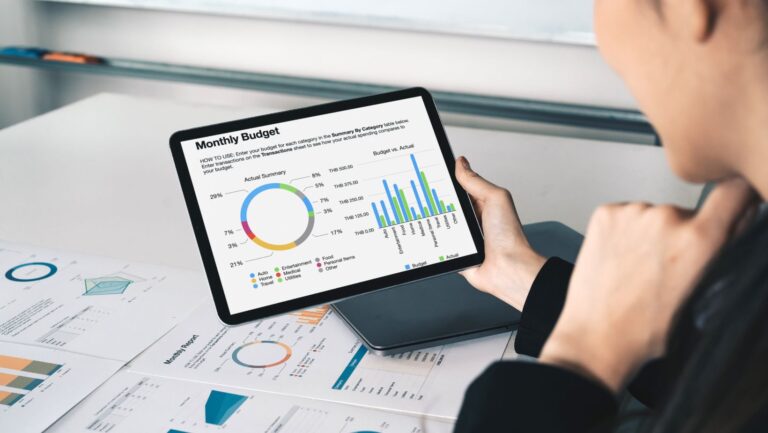Lawsuits aren’t just stressful—they’re expensive. For many people, the weeks and months waiting for a legal case to resolve can bring crushing financial pressure. Medical bills, rent, groceries, and everyday expenses don’t pause while the courts deliberate. That’s where alternative financial options step in, offering a bridge for plaintiffs who need immediate support. One such tool, often misunderstood but increasingly relevant, is pre-settlement funding.
Why Legal Delays Create Financial Strain
Civil litigation in the United States rarely moves quickly. Personal injury suits, workplace disputes, or liability cases often drag on for months, even years, before settlements are reached. While attorneys work on contingency and only collect fees after a case closes, the individuals at the center of the lawsuit still have to live day-to-day.
Medical recovery can prevent someone from returning to work. Lost income combines with ongoing costs, forcing families into difficult decisions—like dipping into savings or taking on high-interest debt. The gap between filing a lawsuit and receiving compensation can feel like standing on thin ice.
What This Type of Funding Really Is
At its core, this financial tool allows plaintiffs to access a portion of their expected settlement before the case is resolved. Unlike a traditional loan, repayment only happens if the case is successful. If the lawsuit doesn’t lead to compensation, the plaintiff isn’t required to pay back the advance.
That distinction makes it very different from credit cards, personal loans, or payday advances. Instead of being based on your credit history or current income, eligibility is tied to the strength of the case itself. The funding company reviews the details of the lawsuit, consults with the attorney, and decides how much risk they’re willing to take on.
The Mechanics Behind the Process
When a plaintiff applies, the funding provider looks at factors like:
- Nature of the case: Personal injury and liability suits are common, since settlements are often clear-cut.
- Potential settlement amount: The provider estimates what the case could be worth.
- Strength of evidence: Medical records, witness accounts, and liability reports all matter.
- Attorney involvement: Because most of these cases involve contingency-based lawyers, legal representatives are usually part of the funding review.
Once approved, funds can often be made available quickly, sometimes within days. Repayment happens automatically from the eventual settlement, meaning plaintiffs don’t juggle monthly bills or payment deadlines during the lawsuit.
Benefits and Risks You Should Consider
The immediate advantage is obvious: financial breathing room. Having access to cash while waiting for a case to close can mean keeping a roof overhead, staying current on medical care, or avoiding debt spirals. It also prevents plaintiffs from feeling pressured into accepting low settlement offers simply because of money troubles.
But like any financial service, it comes with trade-offs. Rates and fees can be high compared to other forms of credit, reflecting the risk providers take on. If a case drags out or settles for less than expected, the amount owed could significantly reduce the final payout a plaintiff receives.
The Federal Trade Commission (FTC) has cautioned consumers to read contracts carefully and compare options before committing. Transparency is key: understanding the terms, fees, and repayment structure up front makes a big difference in how helpful—or harmful—this funding can be.
Where Regulation Comes Into Play
Because this type of financial arrangement doesn’t fit neatly into traditional loan categories, regulation varies by state. Some states have set clear rules around disclosure and interest rates, while others leave the field less structured. Consumer advocacy groups have pushed for more uniform standards to protect vulnerable plaintiffs who may feel pressured into agreements without fully understanding the costs.
Checking local state laws and consulting with your attorney before signing an agreement is not just recommended—it’s essential. The National Association of Consumer Advocates offers resources for understanding consumer rights in these situations.
The Bigger Financial Picture
Stepping back, this funding option is part of a larger trend: financial services adapting to real-world pressures people face during uncertain times.
Just as gig workers sought early wage access tools or homeowners turned to refinancing during volatile markets, plaintiffs in legal battles are looking for ways to survive financially while justice takes its course.
For some, it can be a lifesaver that prevents long-term damage to their financial health. For others, the costs may outweigh the benefits. The key is treating it like any other financial decision: weighing the short-term relief against the long-term consequences.
Final Thoughts
Court cases may take time, but life doesn’t wait. Access to financial support during a lawsuit can ease the strain and help families stay afloat. At the same time, these arrangements should never be entered into lightly. Understanding the mechanics, weighing the risks, and consulting both legal and financial experts can help you make an informed choice that fits your unique situation.
The intersection of law and finance is complicated, but being prepared with knowledge makes the process far less overwhelming. When money is tight and the wait feels endless, options exist—it’s all about choosing wisely.





